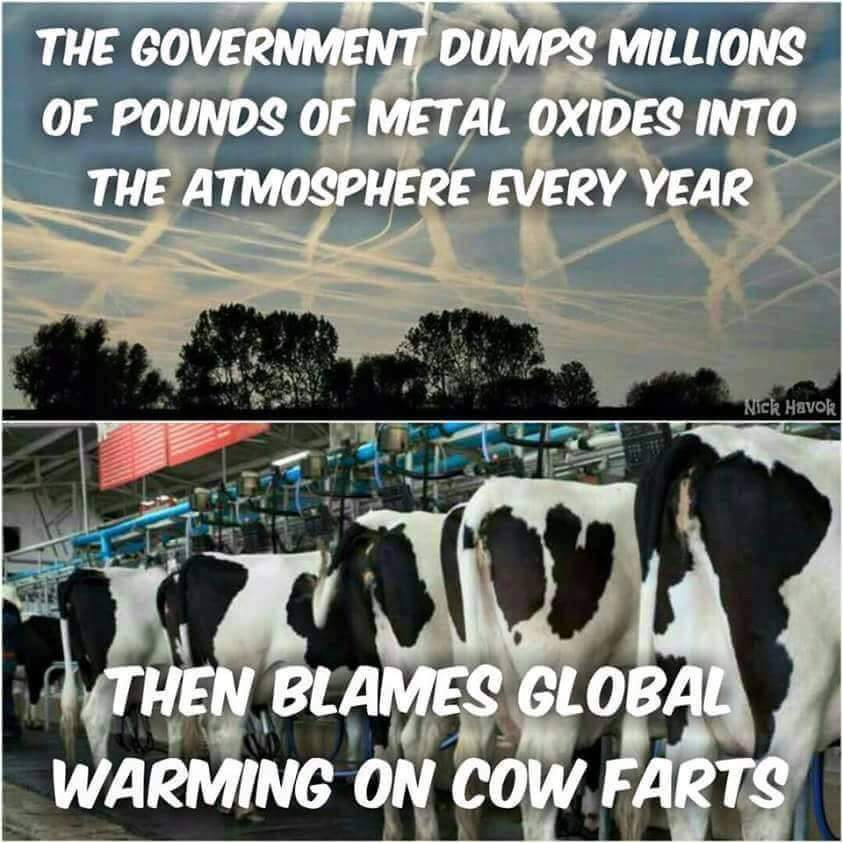So are they spraying nanoparticle viruses that are magnetized by polarization?
Think about it.
Be with GOD and trust his plan... Q TEAM and the 1111 thing too, Looking for the truth dark to LIGHT . #WWG1WGA Took My Oath.
When storm systems move through one of our cloud seeding project areas, a solution containing a small amount of silver iodide is burned from ground-based generators or released from aircraft. Upon reaching the cloud, the silver iodide acts as a condensation nuclei to aid in the formation of snowflakes.
Silver nanoparticles are nanoparticles of silver of between 1 nm and 100 nm in size. While frequently described as being 'silver' some are composed of a large percentage of silver oxide due to their large ratio of surface to bulk silver atoms.
Light-enhanced
Plasmonic effects have been studied quite extensively. Until recently, there have not been studies investigating the oxidative catalytic enhancement of a nanostructure via excitation of its surface plasmon resonance. The defining feature for enhancing the oxidative catalytic ability has been identified as the ability to convert a beam of light into the form of energetic electrons that can be transferred to adsorbed molecules. The implication of such a feature is that photochemical reactions can be driven by low-intensity continuous light can be coupled with thermal energy.
The coupling of low-intensity continuous light and thermal energy has been performed with silver nanocubes. The important feature of silver nanostructures that are enabling for photocatalysis is their nature to create resonant surface plasmons from light in the visible range.
The addition of light enhancement enabled the particles to perform to the same degree as particles that were heated up to 40 K greater. This is a profound finding when noting that a reduction in temperature of 25 K can increase the catalyst lifetime by nearly tenfold, when comparing the photothermal and thermal process.




